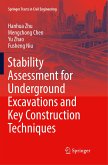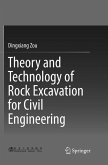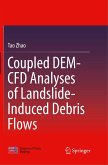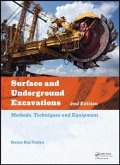Drilling and blasting is the most common and economic technique of rock excavation from the earliest days of invention of explosives to these days of modernisation. Although there have been significant developments in blasting, application of this technology for rock excavation induces damage to the remaining rock mass. The rock mass damage problem will increase manifold if the blast loading is applied repeatedly as compared to single episode blast rounds. The damage can easily extend a few meters into the rock mass and the deteriorated rock mass can give rise to serious support design problems in tunnels and caverns. This book deals with the quantification of blast damage as a function of rock mass quality (Q), which can be used for assessment of damage levels, in case of repeated exposures of vibrations. A correlation between damage and shear wave velocity was also established. The book also illustrates the effect of joint orientations on blast damage to enhance the safety and stability of underground excavations.








